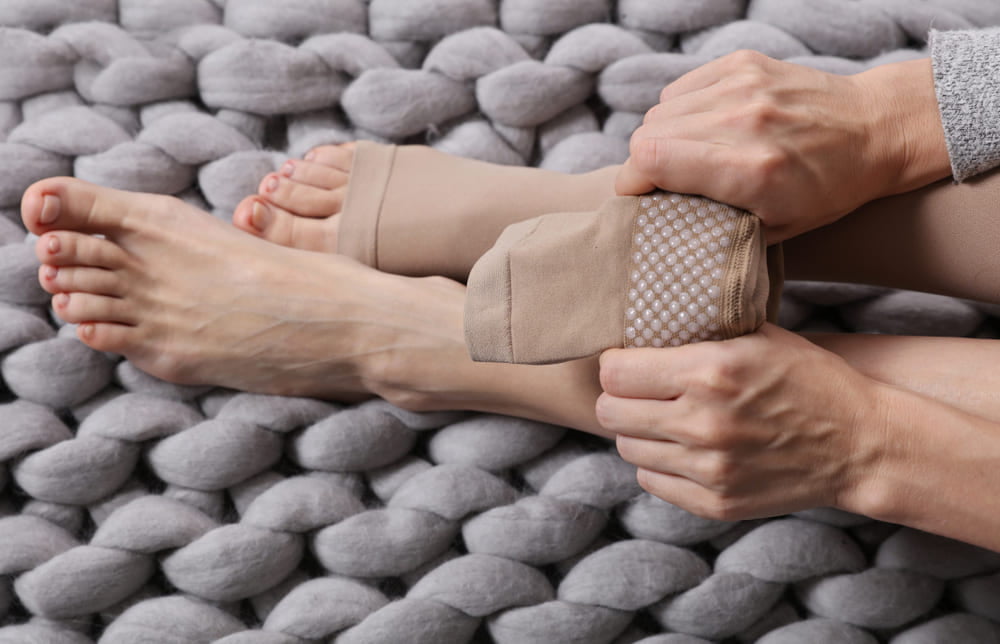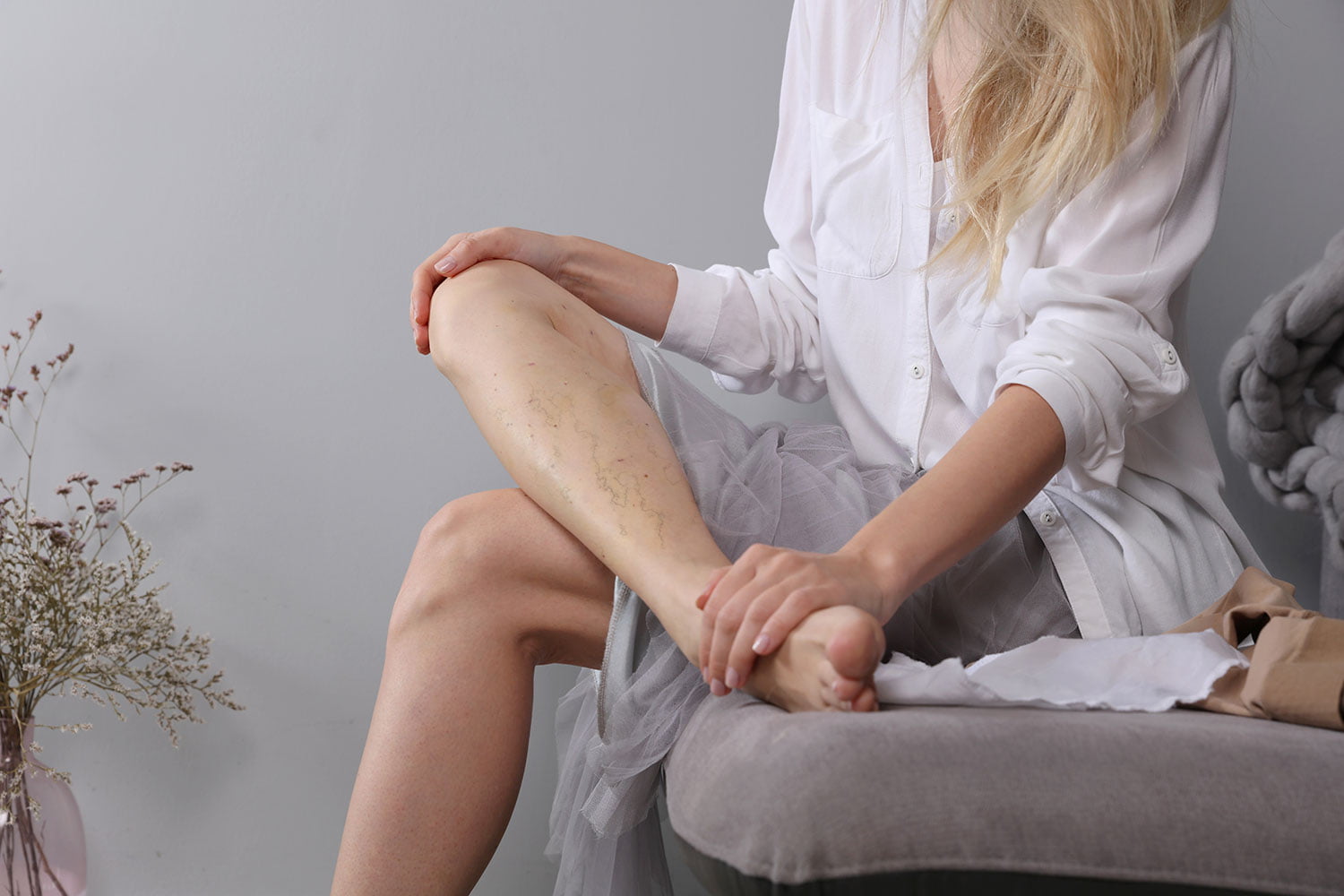Can You Fix Your Spider or Varicose Veins at Home?
If you live with spider or varicose veins disease, you are not alone. It is estimated that one out of every five adults have varicose veins, with more than 40 percent of women having some sort of vein condition, including spider veins and varicose veins. While they can be unsightly, they can, in the case of varicose veins, also pose health risks. While the internet may offer a world of at-home remedies for these conditions, real treatment by a specialist is what you really need.
What is the Difference Between Varicose Veins and Spiders?
While the names of these veins are often used together, they are slightly different conditions. Let’s take a closer look at each one and what causes them.
Spider Veins
are a mild form of varicose veins that appear as thin red or blue lines, typically on the legs. They sit near the surface of the skin. These thin lines often form a web-like network, hence the name.
They occur when the valves within the veins stop working properly. The exact cause of the disease is unknown, but it is believed that heredity, pregnancy, trauma, aging, hormones, and even sun damage can play a role. Typically, they do not pose a health risk and are more of a cosmetic issue.
Varicose Veins
Varicose veins can be blue, red, or even flesh-colored and look like bulging cords above the skin. These veins lie deeper within the body, and, like spider veins, are caused when valves in the vein stop working.
This valve malfunction causes blood to flow back into the veins instead of traveling to the heart. This increased blood volume causes the veins to expand. Varicose veins can cause pain, aches, restless legs, and burning and itching of the skin.
If varicose veins go untreated, they can worsen and lead to chronic venous insufficiency. This condition can cause leg swelling, skin damage, and ulcers.
Fixing These Veins Requires a Doctor
While many sites may boast of home remedies such as herbal teas or dietary changes and exercise, it is recommended that you consult a varicose vein doctor near you to treat these veins and rule out any additional risks. Treatments for spider veins and varicose veins include:
- This treatment involves injecting a solution into the affected veins in order to shrink the vein and clot the blood.
- Endovenous Thermal Ablation. This treatment involves a small catheter placed inside the vein that uses heat to seal the vein closed. Once closed, and over time, the vein shrinks and is absorbed by the body.
- VenaSeal™️. This treatment option for varicose veins uses an advanced medical adhesive to close the affected vein. Like with endovenous thermal ablation, the treated vein typically shrinks and disappears.
- Microambulatory Phlebectomy. This procedure occurs when the closed vein does not disappear. It is a minor surgical procedure to remove the targeted vein.
If you are bothered by spider or varicose veins, look for a varicose vein doctor near you and make an appointment for a consultation. Not only will you make those bothersome lines disappear, but you will help reduce your risk of any possible complications that could arise.


